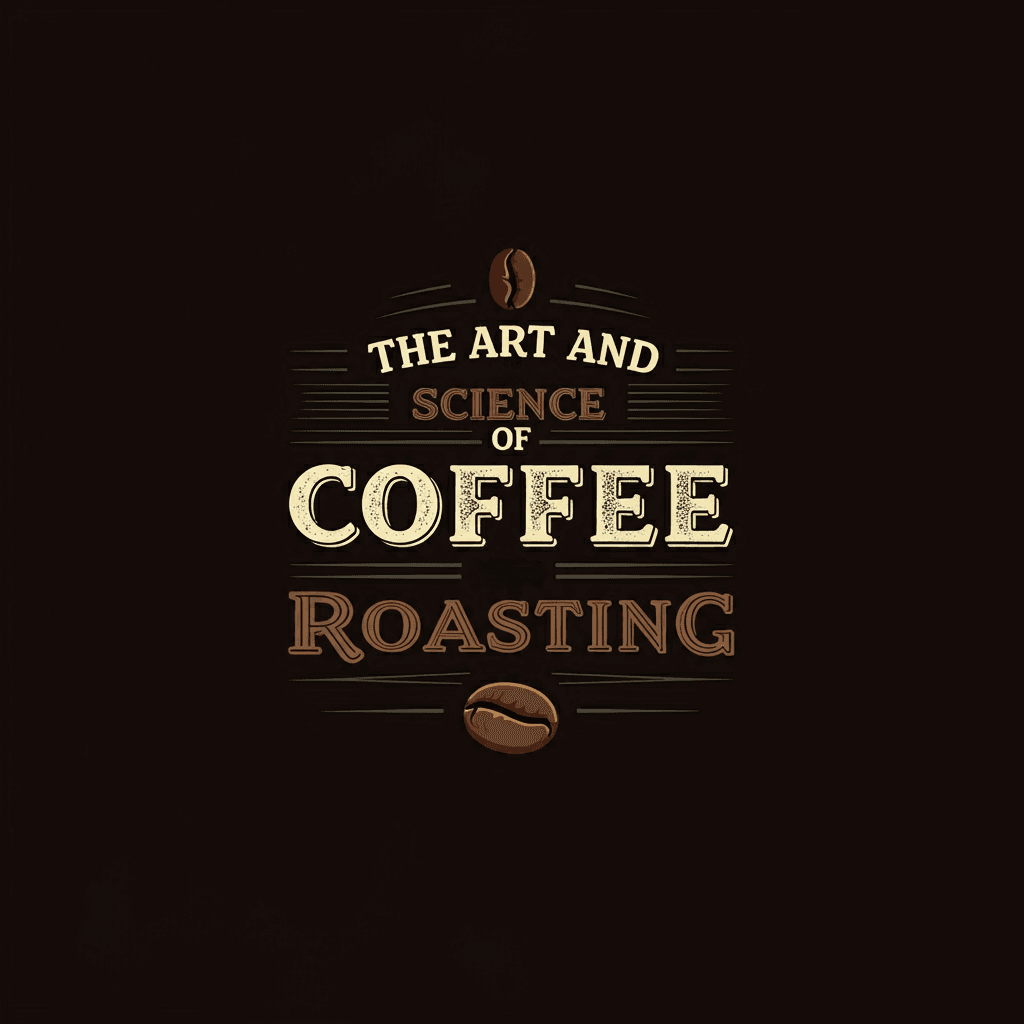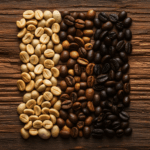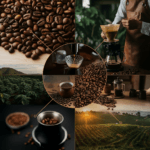Welcome back, aspiring roastmasters! You’ve explored the spectrum of coffee roasts, from light to dark, and discovered how each level influences the final flavor. Now, let’s delve deeper into the fascinating world of coffee roasting, where art and science intertwine to create those captivating aromas and flavors we love.
The Roaster’s Role: A Master of Transformation
Coffee roasters are more than just technicians; they are artists and scientists who understand the delicate dance between heat, time, and airflow. They possess the knowledge and intuition to transform green coffee beans into aromatic treasures, coaxing out the hidden flavors within each bean. Think of them as chefs, carefully applying heat to bring out the best in their ingredients.
The Science of Roasting: Unveiling the Chemical Magic
Roasting coffee is a complex process that involves a series of chemical reactions, each contributing to the final flavor of the bean. Here’s a glimpse into the science behind the magic:
- Drying Stage: In the initial phase, the beans absorb heat and lose moisture, turning from green to yellow. Imagine this as preheating an oven—the beans need to reach the right temperature before the real transformation begins.
- Maillard Reaction: As the temperature rises, amino acids and sugars react, creating hundreds of new compounds that contribute to the coffee’s flavor and aroma. This process, known as the Maillard reaction, is responsible for the development of those desirable caramel and chocolate notes. It’s similar to browning bread or searing a steak, where heat creates complex flavors.
- First Crack: Around 385°F (196°C), the internal pressure of the bean causes it to crack, releasing steam and marking the beginning of light roasts. This “crack” is like a popping sound, signaling a significant change in the bean’s structure and flavor.
- Development Stage: After the first crack, the roaster carefully controls the temperature and airflow to achieve the desired roast level. This stage requires precision and expertise, as the beans can quickly over-roast and develop undesirable flavors. Think of it as fine-tuning a recipe, making subtle adjustments to achieve the perfect balance.
- Second Crack: If the roasting continues, the beans will reach a second crack around 435°F (224°C). This marks the beginning of dark roasts, where oils begin to surface, and more intense, smoky flavors emerge. It’s like pushing the cooking process further, resulting in a bolder, more intense flavor.
The Art of Roasting: Intuition and Expertise
While science provides a framework, the art of roasting lies in the roaster’s ability to interpret the subtle cues of the beans, adjusting the roast profile to achieve specific flavor goals. Factors like bean density, moisture content, and desired flavor profile all influence the roaster’s decisions. This is where experience and intuition come into play, allowing the roaster to create unique and flavorful roasts.
Roasting Equipment and Techniques: Tools of the Trade
Roasters utilize various tools and techniques to achieve their desired results. From traditional drum roasters to modern fluid bed roasters, each piece of equipment offers unique control over the roasting process. Roasters also employ techniques like “cupping” (tasting and evaluating roasted samples) to assess the quality and flavor development of their roasts. These tools and techniques are essential for achieving consistency and precision in roasting.
The Impact of Roast Date: Freshness is Key
Remember, the roast date is crucial! Freshly roasted coffee offers the most vibrant flavors and aromas. As coffee beans age, they lose their complexity and freshness, resulting in a duller cup. Think of it like bread—freshly baked bread has a wonderful aroma and flavor that fades over time.
The Role of Packaging: Preserving the Roast
Proper packaging is essential to preserve the freshness and quality of roasted coffee beans. Look for bags with one-way valves that allow carbon dioxide to escape while preventing oxygen from entering, or consider vacuum-sealed bags for optimal freshness. This helps to lock in the flavors and aromas of the roasted beans.
The Journey Continues: Brewing the Perfect Cup
Now that you’ve explored the art and science of coffee roasting, you’re ready to bring it all together. In our next article, “Bloom 202: III. Understanding How Roast, Origin, and Brewing Method Interact” we’ll explore how to harmonize roast level, bean origin, and brewing technique to create your ideal cup of coffee.
So, keep your senses sharp and your curiosity brewing – the quest for the perfect cup continues!





No Comment! Be the first one.